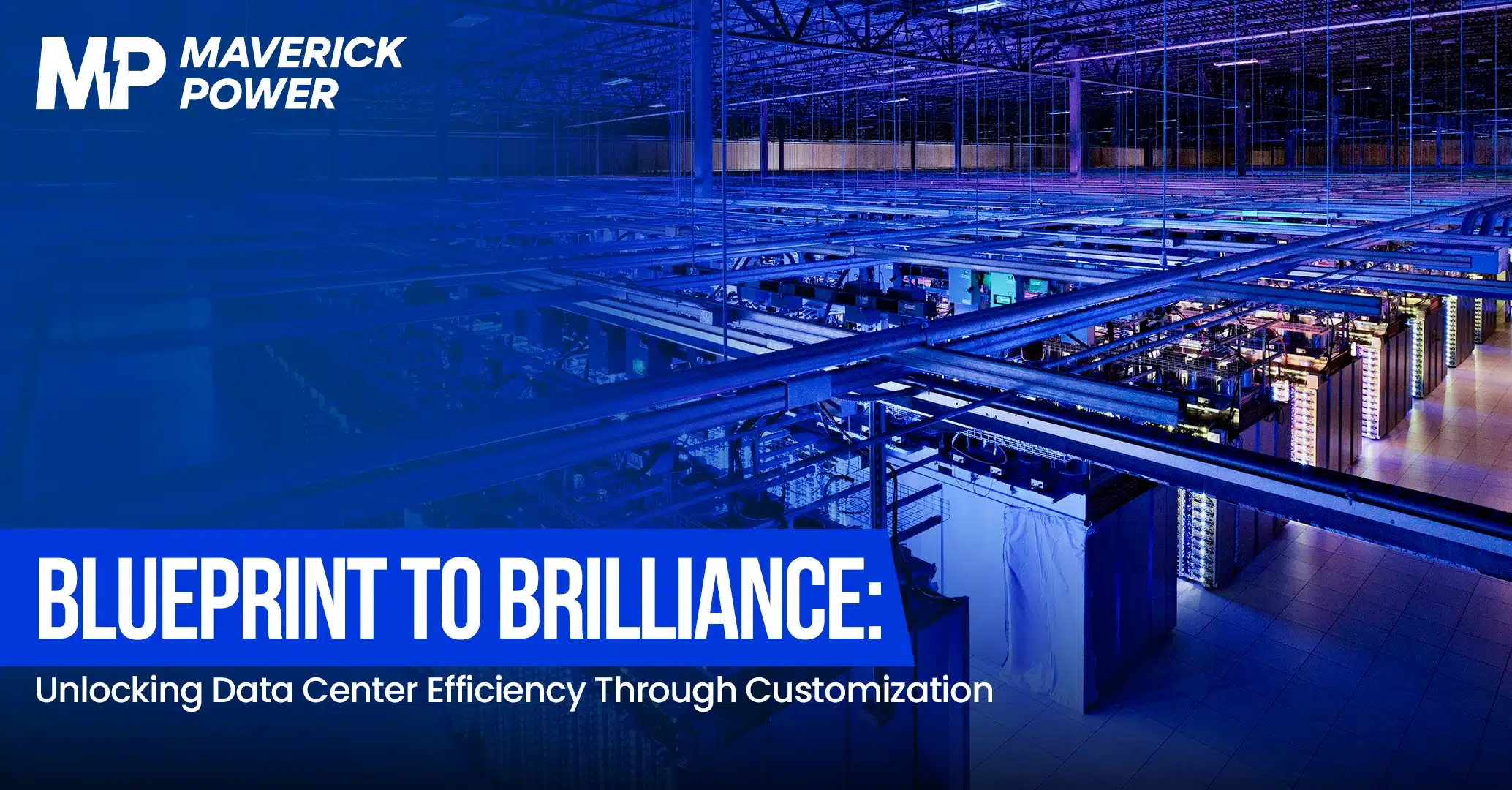Data centers are the backbone of the digital world, powering everything from cloud computing to financial transactions. However, maintaining high performance while managing energy costs, cooling requirements, and uptime demands is a constant challenge. With the surge in data processing needs, efficiency is no longer a luxury—it’s a business imperative.
Many data centers still rely on standardized, one-size-fits-all solutions that fail to account for unique workloads, infrastructure limitations, and energy consumption patterns. The result? Wasted power, inefficient cooling, and increased risks of downtime. To stay competitive, organizations must move beyond conventional approaches and embrace customization as the key to operational excellence.
A customized data center isn’t just more efficient—it’s built for peak performance, resilience, and future scalability. By tailoring power distribution, cooling systems, and backup strategies to specific needs, businesses can optimize costs, reduce inefficiencies, and improve overall reliability.
Let’s understand the hidden inefficiencies in traditional setups, the steps to designing a tailored efficiency blueprint, and how customization is transforming data centers into high-performance powerhouses.
Customization as a Competitive Advantage
Optimizing a data center for efficiency isn’t just about cost savings and uptime—it’s a strategic advantage in a competitive landscape. Customization allows businesses to build agile, high-performing data centers that adapt to evolving demands.
1. Meeting Regulatory and Compliance Standards
Data centers operate under strict regulatory frameworks, including:
- Energy efficiency mandates (such as ISO 50001 and LEED certification).
- Data security and redundancy compliance (for industries like finance and healthcare).
- Sustainability reporting (to meet corporate environmental goals).
Generic solutions often fail to meet specific compliance requirements, leading to penalties or operational restrictions. A customized infrastructure ensures that power, cooling, and redundancy align with both legal and corporate guidelines—avoiding compliance risks and positioning the business as a leader in sustainability.
2. Competitive Differentiation Through Performance
For cloud service providers, financial institutions, and large-scale enterprises, data center performance is a key market differentiator. Customization allows businesses to:
- Offer superior uptime guarantees to customers.
- Scale on demand without performance degradation.
- Optimize latency and workload distribution for faster processing.
By designing infrastructure around real-world performance needs, customized data centers can outperform competitors relying on off-the-shelf solutions.
3. Future-Proofing for Emerging Technologies
Technology evolves rapidly, and data centers that lack customization struggle to adapt to emerging trends. Future-ready infrastructure must be built with flexibility in mind. Customization of Technologies
- Edge computing deployments for faster, localized data processing.
- AI-driven automation for real-time performance tuning.
- Quantum computing integration for next-generation processing power.
With custom-built infrastructure, businesses are positioned to seamlessly adopt new technologies without major disruptions.
Customization and Sustainability: Aligning Efficiency with Environmental Goals
Energy efficiency isn’t just about lowering costs—it’s a crucial step toward sustainability. With growing global concerns over carbon footprints, data centers must implement green technologies and energy-saving measures. Customization plays a pivotal role in achieving:
1. Reduced Carbon Footprint
By tailoring power distribution, cooling, and backup strategies, data centers can significantly cut their CO₂ emissions. Key approaches include:
- Dynamic power scaling to reduce waste during low-demand periods
- Liquid cooling solutions that consume less energy than traditional air cooling
- Renewable energy integration (solar, wind, or hydro) to replace grid dependency
2. Smart Energy Storage and Usage
Custom-built battery storage and power distribution solutions help data centers:
- Store excess renewable energy for peak-hour usage.
- Implement grid-interactive backup systems to reduce reliance on fossil-fuel generators.
- Use AI-powered demand-response models to adapt power consumption dynamically.
3. Waste Heat Recovery for Additional Efficiency
Data centers generate vast amounts of waste heat, which can be repurposed through customization strategies, such as:
- Heat reuse systems that transfer waste heat to nearby facilities (offices, greenhouses, or district heating networks).
- Thermal energy storage to reduce cooling loads.
- Liquid immersion cooling for efficient heat dissipation.
By incorporating sustainable customization strategies, data centers not only reduce operating costs but also contribute to global sustainability efforts.
Overcoming the Challenges of Customization
Despite its advantages, some data center operators hesitate to adopt customization due to perceived challenges. Let’s address the common concerns and how they can be mitigated.
1. Concern: High Initial Costs
A major misconception is that customized solutions are too expensive to implement. While the initial investment may be higher than standard setups, the long-term savings in energy, maintenance, and downtime reduction far outweigh the costs.
Solution:
- Gradual, modular implementation to spread out costs over time.
- Energy efficiency savings that offset upfront investments.
- Incentives and rebates for adopting sustainable power solutions.
2. Concern: Implementation Disruptions
Some operators worry that transitioning from a generic setup to a customized infrastructure will cause downtime and disruptions.
Solution:
- Phased deployment strategies ensure smooth transitions.
- Parallel system testing before full integration.
- AI-driven performance monitoring to detect and resolve issues proactively.
3. Concern: Managing Complex Custom Solutions
Data center managers may believe that customized infrastructure requires constant oversight and expertise.
Solution:
- Automated AI-powered management tools simplify operations.
- Intelligent monitoring dashboards provide real-time analytics.
- Strategic partnerships with industry experts to handle deployment and ongoing support.
By understanding and addressing these challenges, businesses can confidently transition to customized efficiency solutions without operational setbacks.
Why Customization is the Future of Data Center Efficiency
Customization isn’t just about optimizing today’s performance—it’s about building data centers that are adaptable, scalable, and resilient for the future. By moving beyond generic, one-size-fits-all solutions, organizations can:
- Reduce energy consumption and operational costs.
- Maximize uptime with tailored backup strategies.
- Prepare for emerging technologies with a future-proof infrastructure.
- Align with sustainability goals while maintaining performance.
Efficiency starts with customization. It’s time to rethink data center design and invest in solutions built around real operational needs—not outdated industry standards.
